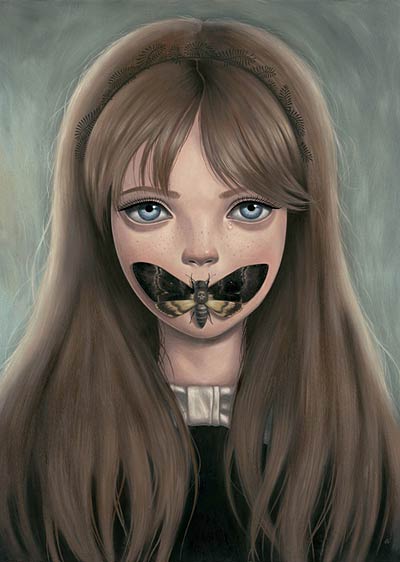‘The imagination imitates. It is the critical spirit that creates.’ –Oscar Wilde

A foreign language can sound so unintelligible that it’s hard to believe what linguists have been saying for years: Languages from around the world all follow the same rules. No language will ever require placing a particular word at a fixed point in a sentence (e.g., “da” must always be in the fifth position). No language forms questions by simply reversing the words in a statement. The reasons for this lie in the brain’s wiring, which dictates the possible patterns languages can follow. Anything that breaks the mold will be impossible to learn or pass down to a new generation.
Similarly, biologists say there are limits to what forms of life can possibly exist, because all new species must evolve from existing genetic material and because the external environment places constraints on which variations survive.
If evolution limits what creatures can look like and neurobiology dictates how languages work, perhaps our genes constrain the range of possible human cultures. “Some cultural forms will never be considered. … These can be thought of as impossible cultures,” writes Marc D. Hauser, a professor of psychology and human evolutionary biology at Harvard.
artwork { Ana Bagayan }


